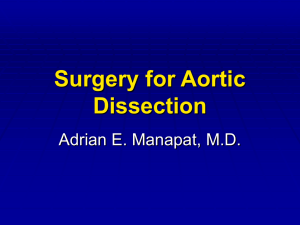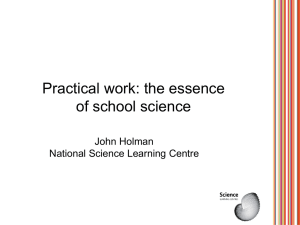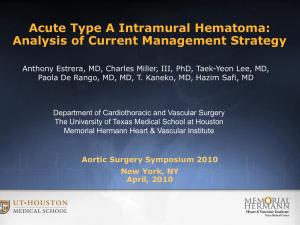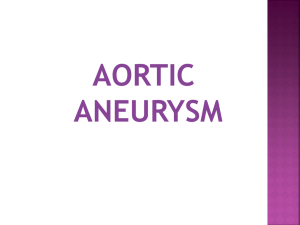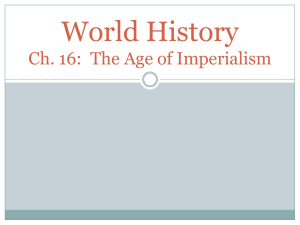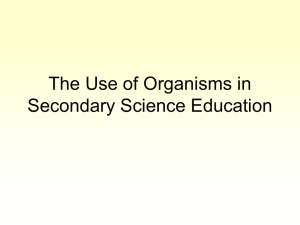Echocardiographic Evaluation of Acute Aortic Syndromes
advertisement
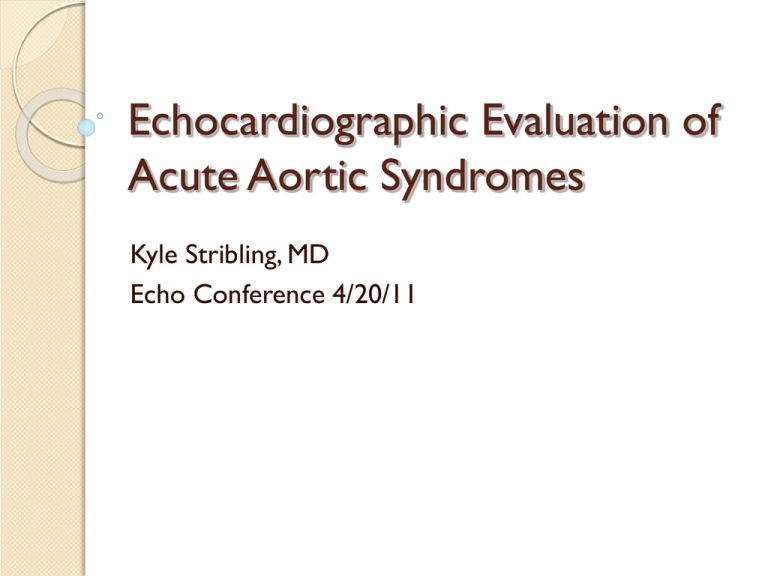
Echocardiographic Evaluation of Acute Aortic Syndromes Kyle Stribling, MD Echo Conference 4/20/11 Acute Aortic Syndrome Definition: ◦ Describes a collection of life-threatening acute injuries to aorta Types: ◦ ◦ ◦ ◦ Aortic dissection (AD) Intramural hematoma (IMH) Penetrating atherosclerotic ulcer (PAU) Traumatic transection Consequences: ◦ Death caused by Ao rupture or associated mechanical complications ◦ Type A AD mortality increases 1-2%/hr for first 48 hrs after presentation ◦ Other AAS have increased mortality also Aortic Dissection pressures at intima cause tearing false + lumen that may propagate Locations: ◦ 65% occur w/in 3 cm coronary ostia ◦ 10% occur in arch ◦ 10% occur in descending thoracic Ao Classifications: ◦ Type A: ascending Ao (surgical) ◦ Type B: not involving ascending Ao (nonsurgical) Pics from google images Intramural Hematoma Rupture of vasa vasorum or plaque collection of blood in media w/o intimal tear May extend toward lumen and lead to dissection High rate of rupture Ascending aorta IMHs are surgical Pics from google images Penetrating atherosclerotic ulcer Erosion of intimal plaque into media May lead to IMH, dissection, aneurysm, or rupture Pics from google images Echo Algorithm Meredith EL and Masani ND. Eur J Echocardiogr 2009. Role of TTE Reasonable acute test for suspected AAS Advantages: ◦ Rapid and noninvasive ◦ May be diagnostic (78-100% sensitive for Type A) ◦ Clues to AAS Bicuspid Ao valve Acute AI Dilated Ao root Pericardial effusion WMA May rule in or out other diff diagnoses Disadvantages ◦ Relatively poor sensitivity (59-83%) and specificity (6393%), particularly for Type B dissection (31-55%) ◦ Distinguish etiology and extent? TTE Views Additional views Modified PS and apical 2c views to see descending ao Right or high left parasternal views to eval ascending ao Evangelista, et al. Eur J Echocardiogr 2010. Role of TEE Advantages: Ideal Dx test for AAS ◦ ◦ ◦ ◦ Safe Fast Bedside exam or in OR w/o transport Identifies extent and etiology of injury and associated complications ◦ Sensitive (94-100%) and specific (77-100%) ◦ Meta analysis by Shiga, et al 2006 TEE, Helical CT, and MRI had 100% sensitivity and specificity Disadvantages: ◦ Invasive ◦ Sedation ◦ TEE “blindspot” -- trachea between esophagus and upper ascending aorta TEE Views Evangelista, et al. Eur J Echocardiogr 2010. Examples of AD by TTE Evangelista, et al. Eur J Echocardiogr 2010. Examples of AD by TEE Meredith EL and Masani ND. Eur J Echocardiogr 2009. Examples of AD by TEE Flachskampf, FA. Seminars in Cardiothoracic and Vascular Anesthesia 2006. True vs. False Lumen Evangelista, et al. Eur J Echocardiogr 2010. True vs. False Lumen Flachskampf, FA. Seminars in Cardiothoracic and Vascular Anesthesia 2006. Examples of IMH Pics from Evangelista, et al. Eur J Echocardiogr 2010, Flachskampf, FA. Seminars in Cardiothoracic and Vascular Anesthesia 2006, and Meredith EL and Masani ND. Eur J Echocardiogr 2009 Examples of IMH Pics from google images Examples of PAU Pics from Meredith EL and Masani ND. Eur J Echocardiogr 2009 and Evangelista, et al. Eur J Echocardiogr 2010. Cases Mr. BW 47 yo male presents with inferior STEMI. Unable to engage RCA in cath lab Ms. FS 81 yo WF transferred to ICU for possible Ao dissection on CT at OSH c/o abd pain, N/V, diarrhea Ms. GC 53 yo female with cath complication when attempting RCA intervention Ms. JE 49 yo female with evidence of Type B dissection on CT Echo ordered to eval for effusion Mr. KB 34 yo male s/p Ao root repair presents with severe CP MRI showed mediastinal hematoma Mr. MK 71 yo male with Hx Type A dissection s/p Ao root replacement, mechanical AVR, and arch repair with bacteremia Echo ordered to r/o endocarditis Ms. PH 35 yo female with Hx traumatic Ao dissection of descending Ao presented w/ sudden onset CP after cocaine use PE unremarkable CXR widened mediastinum Mr. XD 58 yo male s/p cardiac arrest LM dissection in cath lab after LM PCI Echo ordered to eval for retrograde extension of dissection into proximal aorta References Kayser, et al. Circumferential Involvement of an Acute Type B Aortic Dissection. J Am Soc Echocardiogr 2007;20:1416.e7-1416.e11. Flachskampf, FA. Assessment of Aortic Dissection and Hematoma. Seminars in Cardiothoracic and Vascular Anesthesia 2006;10(1):83-88 Meredith EL and Masani ND. Echocardiography in the emergency assessment of acute aortic syndromes. Eur J Echocardiogr 2009;10:i31-i39. Evangelista, et al. Echocardiography in aortic diseases: EAE recommendations for clinical practice. Eur J Echocardiogr 2010;11:645-658.
